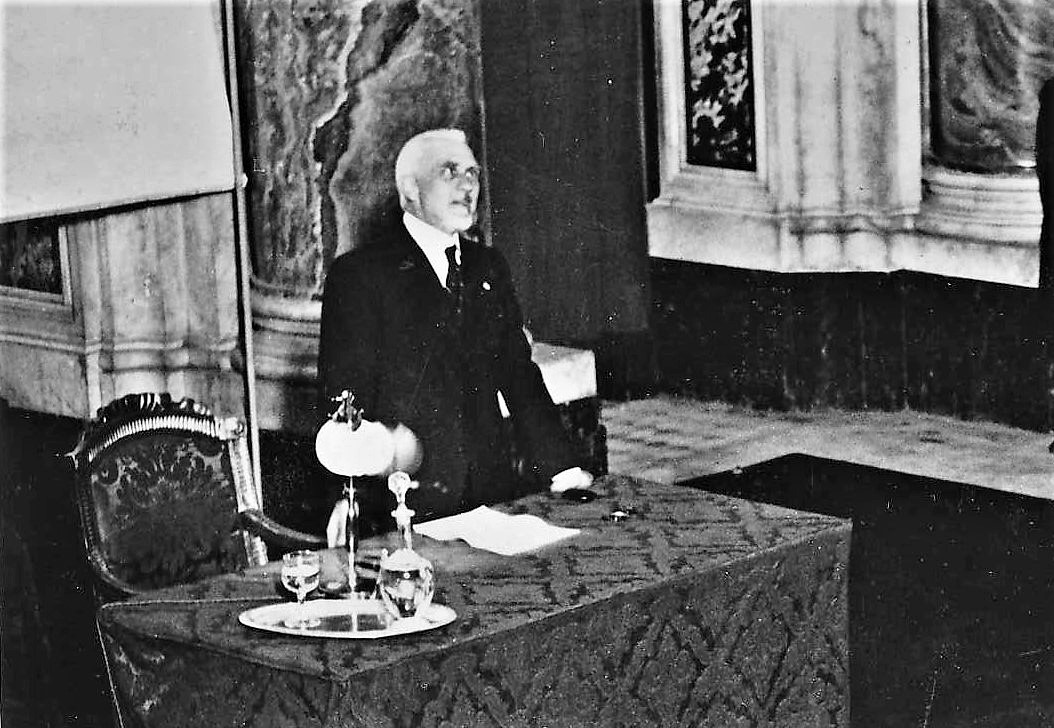Giovannoni’s Politically and Culturally Controversial Legacy
Giuseppe Bonaccorso, F. Moschini

Abstract
Giovannoni, an engineer, made a decisive contribution to the development of a new professional figure best described as the integral architect. Under this broad indicative title we find a wide variety of skills and areas of expertise (with subsystems of their own) which form part of a rich general portfolio. They range from legislation (building regulations) to urban planning (city plans, interventions regarding historical city centres, and diradamento [thinning-out]), the environment (urban design, regional planning and landscape planning), architectural conservation (integration, safeguarding and regulation), architectural design (Roman barocchetto and building techniques), the history of architecture, teaching, technology (hydraulic engineering, concrete technology and its urban applications, and traditional building techniques), and [even] hiking and the landscape. These interests, which at first glance seem so diverse, are in fact closely interwoven (and amply explored) in Giovannoni’s work, and his own efforts to encapsulate them continued throughout his working life, right up until his death in 1947 – in other words, two years after the end of the Second World War, a year after the referendum thanks to which Italy ceased to be a constitutional monarchy and became a republic, and a few months after the ratification of the Paris Peace Treaties which would define the boundaries of post-war Europe.
Bonaccorso, G., and F. Moschini. “Giovannoni’s Politically and Culturally Controversial Legacy.” In Gustavo Giovannoni e l’architetto integrale. Atti del convegno internazionale, edited by G. Bonaccorso and F. Moschini, 517-521. Roma: Accademia Nazionale di San Luca, 2019; ISSN 2239-8341; ISBN 978-88-97610-33-5.


